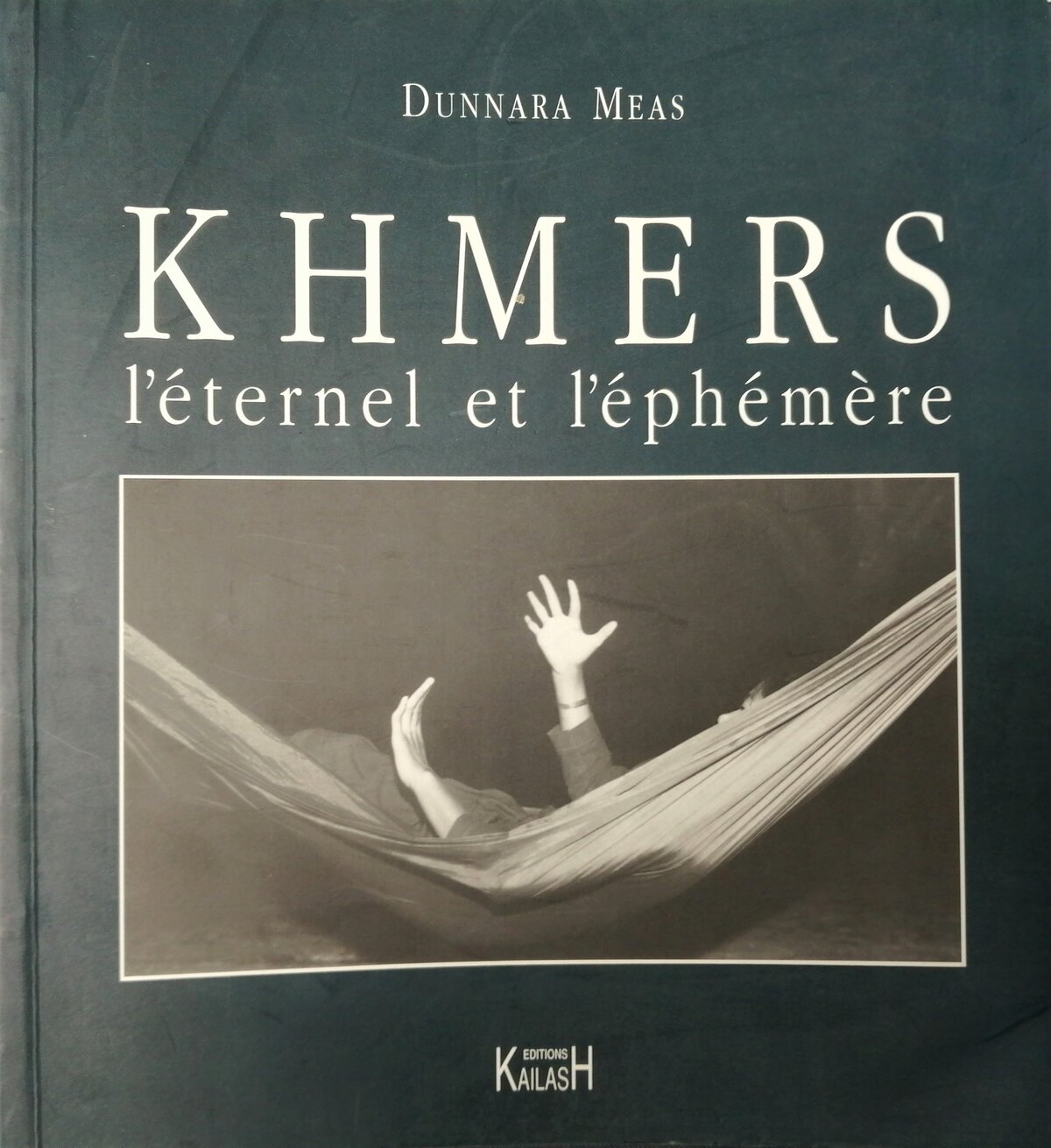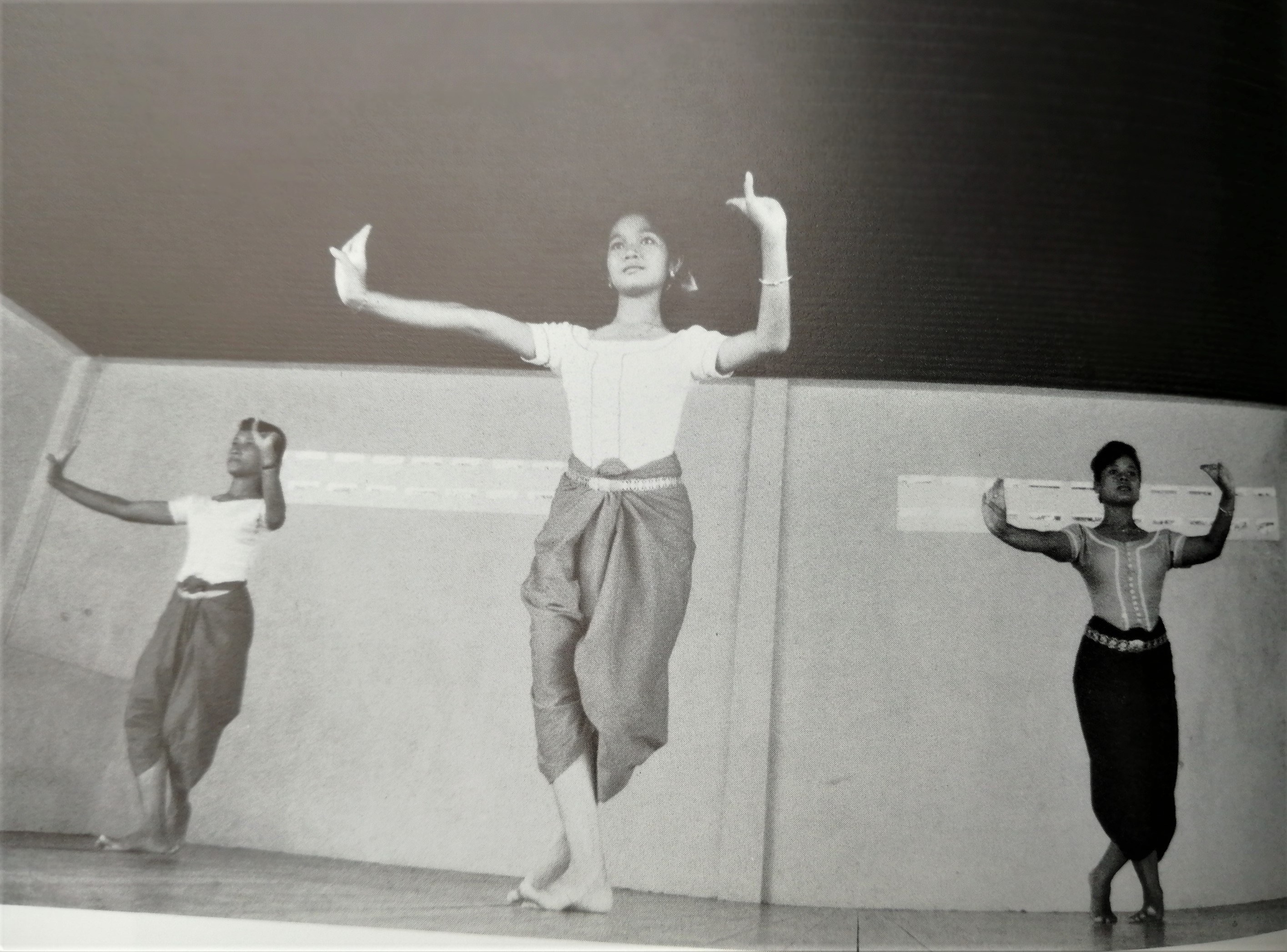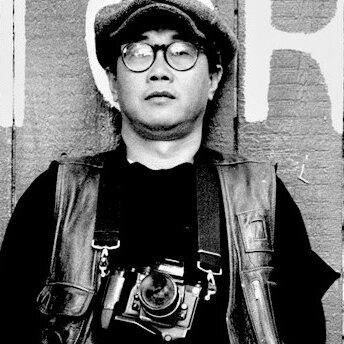Khmers, L'éternel et l'éphémère
by Dunnara Meas
What is everlasting, and what fleeting? The question lies at the core of Khmer culture, and of Angkor history.

Type: hardback
Publisher: Kailash Editions, Paris & Pondicherry
Edition: #32 at Angkor Database Library.
Published: 1995
Author: Dunnara Meas
Pages: 120
ISBN: 2-909052-69-9
Language : French
With its intense placidity, Dunnara Meas’ style stunningly reflects on one of the essential Buddhist concepts: anicca, impermanence.
. In his foreword (written as a letter to the author), photographer Marc Riboud remarks: “Tu es revenu photographier ton pays après l’avoir quitté, ou plutôt après en avoir été chassé par les barbares. Ce n’est donc pas ici un regard touché par l’exotisme ou le dépaysement, mais celui de la tendresse des retrouvailles. Retrouvailles avec ta famille, car ce petit pays est une grande famille, ancrée dans une très vieille culture.” (“You came back to photograph your country after you left it, or rather after you were thrown out of it by the barbarians. Therefore, this is not here an outlook defined by exotism or strangeness — your vision has all the loving endearment of a reunion. Being reunited with your family, since this small country is essentially a big family, anchored to an ancient, timeless culture.”)
. Additional texts by James Burnet.

Tags: photography, Cambodian daily life
About the Author

Dunnara Meas
Born in 1957 in Phnom Penh, photographer Dunnara Meas was 18 when the Khmer Rouge coup d’Etat forced him into exile, in France.
Renowned still photographer for feature films and theater performances, he came back to Cambodia in order to cover the shooting of Rithy Panh’s Les gens de la rizière (Rice People, អ្នកស្រែ in Khmer), which premiered at Cannes Festival in 1994.
